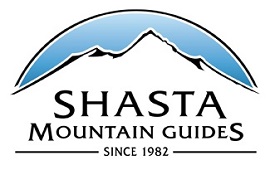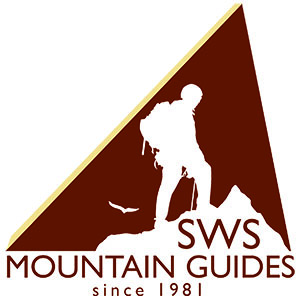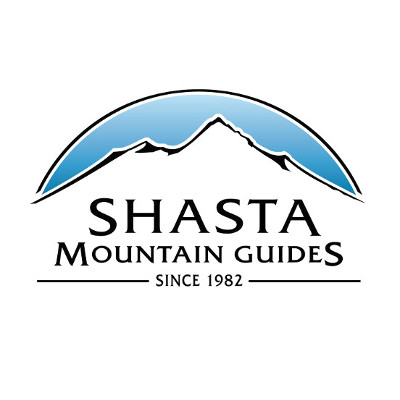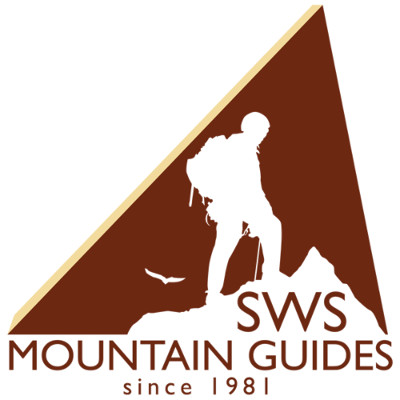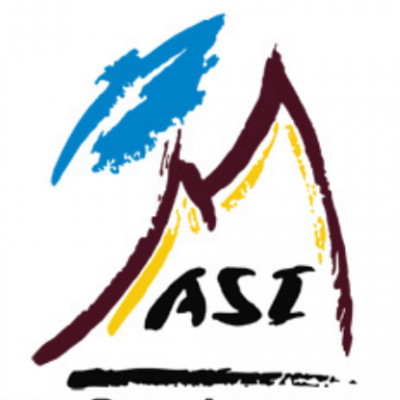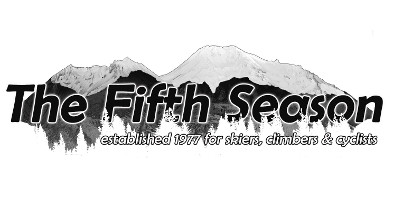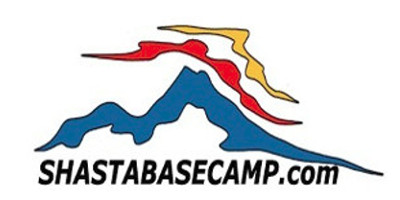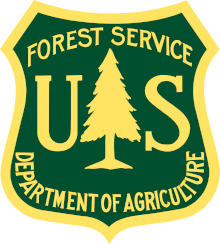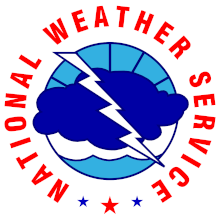- What is the best time of year to climb the mountain?
Each climbing route on Mt. Shasta has a particular season when conditions are optimal. The most popular non-technical route is Avalanche Gulch on the south side of the mountain. The best conditions for Avalanche Gulch usually occur between mid-May and mid-July, due to several factors. The weather tends to be more favorable by late May and snow pack coverage is usually good through early July. Climbers should plan their attempts while there is good snow coverage. When the snow melts during the summer, climbers must contend with loose, unstable scree and poor footing. By July, naturally occurring rock fall becomes a major hazard in the Gulch and becomes more extreme as the summer progresses.
- Where do I find the trail to the top?
Unlike Mt. Whitney, there is no trail to the summit of Mt. Shasta. All climbing is done on cross-country routes. There are, however, short approach trails from the various trailheads to the popular climbing routes when the winter snowline recedes.
- Which route is the easiest?
There are several non-technical routes on the mountain. Avalanche Gulch is the most popular and has the easiest access. Clear Creek has become a popular alternative to Avalanche Gulch, but has a very limited season, usually during the month of June. It is a safer late summer route than Avalanche Gulch due to less rock fall hazard, but the snow pack melts out earlier and the deep ash and scree make the climbing miserable. The Cascade Gulch route used to be considered long and easy, but changing conditions over the years have turned this climb into a technical route where it crosses the upper Whitney glacier. West Face Gully has also become more popular as a harder non-technical route that has some challenging steep sections. It is usually at its best from mid-May to late June.
- Do I need any kind of special equipment?
What equipment you need depends on the route you select and the time of year. Climbers are always advised to call ahead for current climbing conditions on the mountain. Crampons, ice axe and a helmet are a necessity on the Avalanche Gulch route and most other routes (two stores in town rent this equipment). Everyone in your climbing party should carry these essentials: map and compass, flashlight, extra food, extra warm clothing, sunglasses, sunscreen, pocket knife, matches, a stove and pot for melting snow for water, a first aid kit, a fully charged cell phone and locator beacon.
- How long does it take to climb Mt. Shasta… and how many miles is it to the top?
The distance from Bunny Flat to the summit is about 5 to 6 miles depending on route variation, and the elevation gain is over 7000 feet! How long it takes to climb depends on the route selected, the physical condition of the climbers, and the purpose and needs of the climb (e.g., to bag a peak as fast as possible, to explore the volcanic terrain, to record the experience with scenic photographs). For most people in good physical condition, 8 to 10 hours for the ascent should be sufficient. Likewise, 4 to 5 hours should be expected for the descent to the trailhead.
- Can a person make the climb in one day? Where is a good place to camp along the way?
A person in great physical condition can make the climb through Avalanche Gulch in one day. However, more people are successful in reaching the summit when they take two days. Most people like to go part way up and spend the night to acclimate themselves to the elevation. There are two principal camping locations on the Avalanche Gulch Route. One is the Sierra Club Foundation property at Horse Camp (7900' elevation), where facilities include campsites, seasonal fresh water, emergency shelter, Leave No Trace information and a composting toilet. There is a requested donation of $3 per solo bivy or $5 per tent to camp here. Another popular camping area is Helen Lake, a (usually) dry or snow filled tarn at 10,400' elevation. If you camp here, take plenty of drinking and cooking water and/or carry extra stove fuel for melting and boiling snow (due to the number of people who camp at Helen Lake, it is wise to protect yourself against possible human waste contamination from the snow). Human waste MUST be packed out anywhere in the Mt. Shasta Wilderness area. Free human waste packout bags are provided at all trailheads and the Mt. Shasta/ McCloud ranger stations. The advantage of camping at Helen Lake is that you are ready to accomplish the steepest part of the climb fresh from a night's rest. The disadvantage is that the ground at Helen Lake is rocky, the winds generally strong, and the temperatures cold… all of which may rob you of a good night's rest.
- What will the weather be like?
Because Mt. Shasta stands so tall and solitary, it tends to draw incoming weather systems to it and amplifies existing weather. For this reason, always be prepared for storms! At the higher elevations it is not uncommon to go from perfectly clear skies to zero visibility in just a few hours. In addition, no matter what the weather, temperatures will drop approximately 3° for each 1000' elevation gain. Winds generally will increase as you ascend. As a rule of thumb, travel prepared with extra food, extra stove fuel, and a good shelter. (Bring plenty of fuel to melt snow for drinking water). No matter what the weather forecast, carry extra clothing. It’s better to carry it than to turn back because you don’t have enough. And speaking of turning back, if clouds, rain, or snow start setting in, consider retreating. Storms can be awesome and last for days at the higher elevations. It’s easy to lose direction when the clouds settle down around you. Warning: Lightning storms are common throughout the summer months.
- Do we need Summit Passes or reservations?
Most of the area above treeline and some of the area below treeline are located within the Mt. Shasta Wilderness. Wilderness permits, available free of charge, are required for entry into the wilderness area year round, and there are currently no quotas (limits on the number of permits available). Permits are free and can be issued at the Mt. Shasta and McCloud Ranger Stations and all trailheads that are open. Wilderness permits have proven to be a valuable source of information in search and rescue operations. Summit Passes, which are required if you climb above 10,000 feet, are also available at these locations and through participating vendors. To preserve the integrity of the Mt. Shasta Wilderness, restrictions have been placed on visitor activities that create the greatest impacts to the wilderness ecosystem. Included among these regulations is a limit on party size (the maximum is 10 people) and on length of stay (7 nights in any 30 day period) and a prohibition on dogs and campfires in the wilderness. In addition, visitors are asked to stay on designated trails in spring-fed meadows, to confine all camping and washing to areas at least 100 feet from all water sources and to pack out all solid human waste. Before leaving home, please check with the Mt. Shasta or McCloud Ranger Stations to find out what other restrictions may be applicable to your specific recreation plans.
- What’s The Human Waste Packout System?
There are health, aesthetic and environmental problems associated with the disposal of human body waste (feces) on climbing routes in the Mt. Shasta Wilderness. Wilderness rangers and climbers, together, have developed a Human Waste Disposal System in an effort to decrease and eventually eliminate such problems. To help minimize the impact on the mountain, climbers are required to pack out their human body waste (feces), garbage and food waste (36 CFR 261.11d). Free packout bags are available at the Mt. Shasta and McCloud Ranger District Offices and at trailheads.
- Are there special restrictions?
Some special restrictions apply to the Mt. Shasta Wilderness. Group size is limited to 10 persons or less. Camping is limited to 7 nights within a 30 day period. Due to scarcity of fuel, wood fires are not permitted. Dogs are not allowed anywhere within the Mt. Shasta Wilderness including the Sierra Club property at Horse Camp.
- What is the deal about fees and required passes?
Standard Mt. Shasta Summit Pass $25 per person: required for recreating above 10,000 feet on Mt. Shasta, even if you don’t plan on going to the top. Good for up to 3 days from the date of purchase. (A Mt. Shasta Annual Summit Pass can be substituted for this standard pass). People under 16 years of age are not required to purchase a Summit Pass.
Mt. Shasta Annual Summit Pass $30 per year: The Annual Pass is valid for the calendar year (to December 31st). For visitors who anticipate frequent visits, or who plan on staying for several days, this Pass provides an affordable and convenient alternative to purchasing multiple summit passes.
Horse Camp $5 per tent per night or $3 per solo bivy per night: The Sierra Club Foundation’s facilities are open to the public and include campsites, seasonal fresh water, emergency shelter, Leave No Trace information, and a composting toilet. Donations help Foundation staff to continue a more than 80 year-old tradition of stewardship and service on Mt. Shasta.
Type of Pass Mt Shasta/McCloud Ranger Stations Participating Vendors On Site Fee Tubes Annual Yes Yes No Standard Yes Yes Yes - Are there guide services available for climbing the mountain?
Three outfitter/guide businesses are under permit with the Forest Service to guide climbing trips on Mt. Shasta.
- How about equipment rentals?
Mount Shasta as two stores that can outfit you with what you need for your climb.




